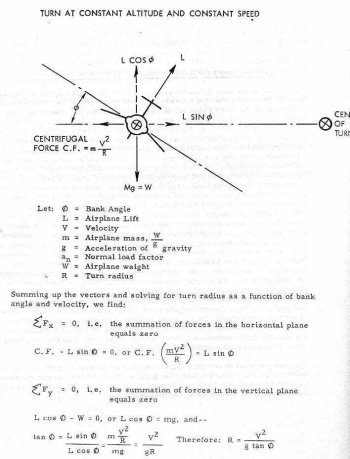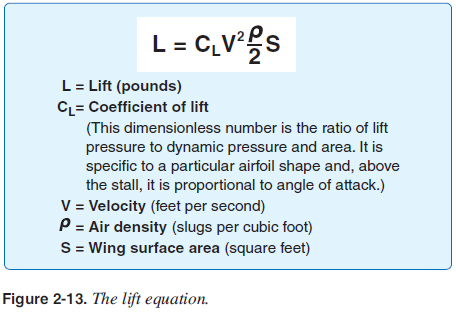Engineer
Major
Re: Chinese Engine Development
That is not an indication of optimization. Rather, that is an indication that the smaller airframe has more limitations and that a larger airframe is more capable.If you're talking about avionics, that's my entire point. Larger aircraft can more easily utilize larger sensor systems, while smaller aircraft have to take aerodynamic penalties for having outsize radars. Hence, due to having superior sensors, larger fighters tend to be more optimized for BVR fighting, as they are intrinsically better at BVR than their smaller counterparts.
Of course, engine scales, but this is not a linear scale. And while it is certainly possible to use smaller engine on smaller airframe to achieve the same thrust-to-weight ratio as a larger aircraft, doing so incur penalties in other performances. There are areas on aircraft that cannot be scaled at all, and the size of these area remain the same, taking up relatively more space in a smaller airframe. There is simply no free meal.Regarding engines, umm, the thing is, engines scale. Smaller engines on smaller airframes give you constant T/W ratios. And smaller engines can be said to be easier to design, read up on the square-cube law of how larger objects tend to be subject to larger proportional forces than smaller objects.
So? I could show you a MiG-29 is smaller and has less range than a Su-27. I could also give you quotes like "" In these examples, similarities of the aircraft truly reveal the effects of performance due to change in size. These are unlike your examples that rely on fuzzy figure of combat range, with which a single aircraft can have multiple of depending on mission profiles.As far as less range goes, if your aircraft is lighter, it needs less thrust to go a given distance. If your aircraft needs less thrust to go a given distance, it needs less fuel to go a given distance. Proportionally speaking, there's no reason that smaller aircraft are necessarily shorter-ranged than their larger counterparts, in the F-22's case, the F-35 actually exceeds the F-22 in range, being designed for a combat range of about 1,100 km on internal fuel, while the F-22 sports 750 km in combat range. I could also show you the example of the F-15C vs the Rafale; the Rafale is a mid-weight fighter at about 14,000 kg loaded, while the F-15C is at 20,000 kg loaded. Yet both the Rafale and F-15C are listed at the same combat radius of 1850 km / 1000 nm.
You are contradicting yourself now. You can't have never indicated smaller is better, while telling me in the very next sentence how smaller is better. It is like claiming "well, I never indicated the object is round, just that the object is somewhat spherical." Also, you can't have never indicated smaller is better, while having explicitly indicated so:You're engaging in strawman arguments; I never indicated that smaller is better, only that smaller aircraft tend to have more focus on maneuverability.
...if you are aiming to specialize in WVR warfare, smaller becomes better...
The example does not need to explicitly show MiG-29 being less WVR focused. It is sufficed the show the MiG-29 does not enjoy an advantage in WVR engagements even though being the smaller fighter, which in turn indicates that MiG-29 is not anymore WVR focused than Su-27.In the same way, while the Su-27 outperforms the MiG-29 as a WVR airframe, that doesn't actually prove that the MiG-29 is less WVR-focused than the Su-27. Using the MiG-29 and Su-27 relationship to prove that point would require the MiG-29 beating the Su-27 in BVR but losing to it in WVR, something we know doesn't happen, given that the MiG-29 has an 700mm radar aperture while the Su-27 has a 950mm radar aperture, and that the latest MiG-35 has an RCS of 1-1.5 m^2 while the Su-35S has an RCS of 2-2.5 m^2. Even worse, when you add the effects of externally-mounted air-to-air missiles on airframes, smaller aircraft with low RCS suffer disproportionately compared to larger aircraft optimized for BVR.
The fact that F-35 having reduced stealth features is exactly what I mean about shaping. You assumed 10% increase in each of length, width and height would translate to 21% in RCS, but the fact that F-35 having smaller dimensions yet a bigger RCS than F-22 shows the assumption as incorrect. There doesn't need to be a pure example to illustrate the effect of shaping.That's called shaping, and in fact that supports my argument. The F-35 is a lot less oriented towards BVR fighting than the F-22, given that the F-35 has a smaller radar aperture, as well as having reduced stealth features. To actually disprove my point you'd need to show that the F-35 is better than the F-22 in BVR action simply based on airframe.
And no, RCS, if held independent of shaping and materials features, does in fact work that way. You can point to all the real-life examples you want, but you can't get a sufficiently pure example to make your point that way, because in almost all the listed cases loss in radar effectiveness due to smaller radar aperture is not compensated for by reduced detection range through an equivalent change in RCS to the fourth power.
Last edited:





